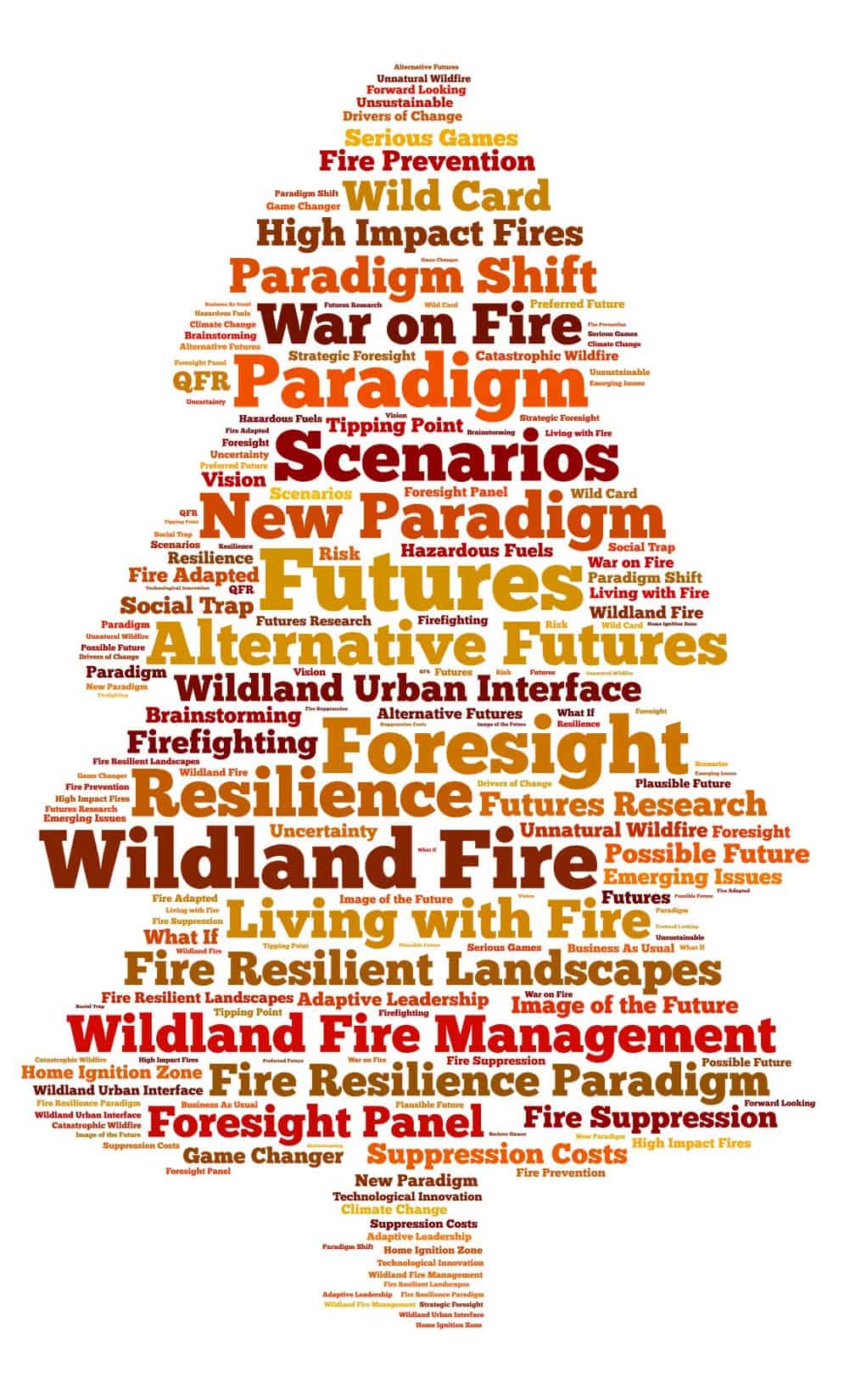
Jon asked an excellent question in our previous discussion: “who counts as a wildfire expert?”. It seems to me that with the recent March for “Science” it’s probably a good time to dig deeper into some aspects of how the science business works in reality. So a simple question, like “who is a wildfire expert” is a great entry into looking at the landscape of scientific disciplines.
So let’s start thinking about different pieces of the wildfire puzzle. One piece is obviously suppression, as in large groups of people and equipment who manage wildfires. Well, there’s the behavioral psychology of groups, there are the modelers who work on the models wildland firefighters use, there are people who test those models through experience (but may not publish on the results themselves). There are people who make observations (the fire went to the ground in that strip). Within that bunch of sciences, I don’t know all the subfields but I’d like to hear from someone who can explain it. Here are a few from the Missoula Fire Science Laboratory:
| Physical Fire Processes | The factors that determine fire behavior (fuel, weather, and topography) do so through the requirements for combustion (fuel, heat, and oxygen). |
| Fuel Dynamics | Research on fuel dynamics helps managers describe live and dead fuels that burn during wildland fires. |
| Smoke Emissions & Dispersion | Scientists use field observations, satellite data, and models to describe smoke’s chemical composition, its movement within a fire’s heat plume, and its movement through the layers of the atmosphere. |
| Fire Ecology | This research contributes to improved conservation, restoration of burned areas, and reduction of fire hazard. |
| Fire & Fuel Management Strategies | Historical patterns of wildland fire are combined with information about climate and vegetation to predict fire occurrence and vegetation patterns. |
| Science Synthesis & Delivery | Scientific publications form the foundation for science delivery. |
Here’s a list of interesting pubs from the Joint Fire Science Program, you can see the variety of kinds of studies.
Given these approaches to fire science, only one of which is fire ecology, we can then review the backgrounds of the researchers in the PNAS study. I have looked at them all and produced the attached document here that describes their backgrounds. We can see that most have a background in fire ecology, but not so much in fuel and fire modeling. Could seeing things through the lens of “ecology” affect the way their perspectives? It being a focus on “natural” processes and maintaining them? More on this in the next post.
Very interesting, Sharon! Do you know if a similar analysis has been conducted for forest management? To be explicit this would be a person who plans and implements a forest management project. I submit that forest management would be defined for this purpose as removing trees whether for restoration and/or commercial harvest. Of course there is more to forest management than this narrow definition, but it seems useful to keep the definition narrow.
Great question, Mike! I’ll get at this in another post.
Mike, Good thought, but perhaps too narrow as a forest is much more than trees and management involves more than removal. Could we say manipulating forest vegetation to accomplish a defined purpose or purposes. Under this definition vegetation non-manipulation (as in wilderness) is not forest management but wilderness management.
Mac,
In my reply I acknowledged that my definition may be too narrow. When I typed that I contemplated broadening the definition and then determined that we should apply the KISS principle. As a result I suggested that for the time being, we keep it narrow.
Mike